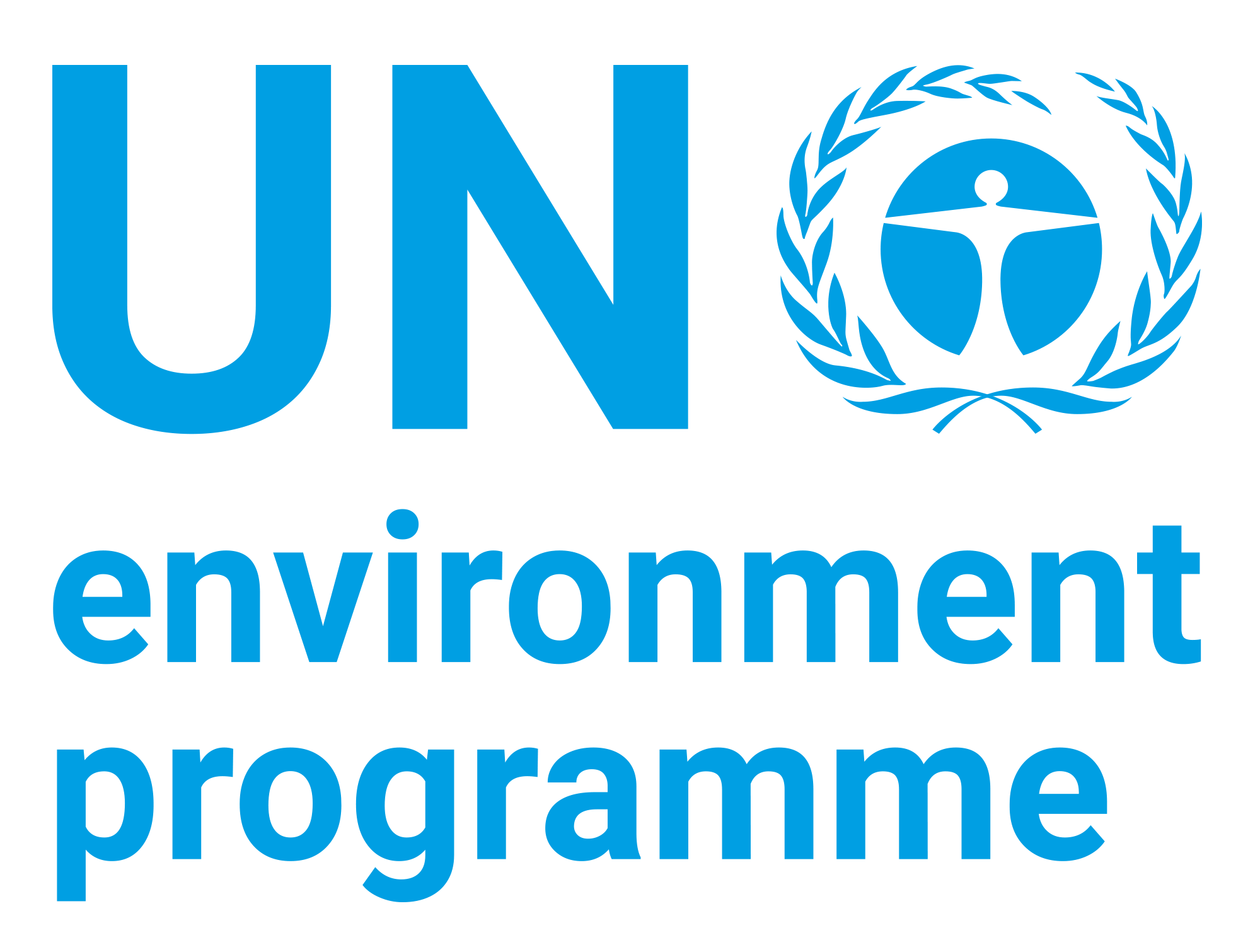Gender and Waste Nexus: Experiences from Bhutan, Mongolia and Nepal

Date
2019Author
United Nations Environment Programme
GRID-Arendal
Citation Tool
Bibliographic Managers
RT Generic T1 Gender and Waste Nexus: Experiences from Bhutan, Mongolia and Nepal A1 United Nations Environment Programme, GRID-Arendal YR 2019 LK https://wedocs.unep.org/20.500.11822/29821 PB AB TY - GEN T1 - Gender and Waste Nexus: Experiences from Bhutan, Mongolia and Nepal AU - United Nations Environment Programme, GRID-Arendal Y1 - 2019 UR - https://wedocs.unep.org/20.500.11822/29821 PB - AB - @misc{20.500.11822_29821 author = {United Nations Environment Programme, GRID-Arendal}, title = {Gender and Waste Nexus: Experiences from Bhutan, Mongolia and Nepal}, year = {2019}, abstract = {}, url = {https://wedocs.unep.org/20.500.11822/29821} } @misc{20.500.11822_29821 author = {United Nations Environment Programme, GRID-Arendal}, title = {Gender and Waste Nexus: Experiences from Bhutan, Mongolia and Nepal}, year = {2019}, abstract = {}, url = {https://wedocs.unep.org/20.500.11822/29821} } TY - GEN T1 - Gender and Waste Nexus: Experiences from Bhutan, Mongolia and Nepal AU - United Nations Environment ProgrammeUnited Nations Environment Programme, GRID-Arendal UR - https://wedocs.unep.org/20.500.11822/29821 PB - AB -View/Open
Item Statistics
Display item statisticsMetadata
Show full item recordDescription
Over the past few years, the issue of gender in waste management has received increasing attention, highlighting that waste production and management is not gender neutral. In fact, existing gender inequalities, responsibilities and roles largely shape how waste is situated in many social and economic systems. This report examines the relationship between gender and waste through case studies carried out in the capital cities of Bhutan (Thimphu), Mongolia (Ulaanbaatar) and Nepal (Kathmandu). The current gendered profile of the waste sector in the three countries is the product of people’s attitudes about men and women and the associated stereotypes directly linked to everyday life. Gender inequalities and norms are embedded in almost every aspect of waste
management and are distinctly evident throughout the entire value chain, mirroring existing socioeconomic structures.
Collections
Document Viewer
To read more, scroll down below.
Related items
Showing items related by title, author, creator and subject.
-
Incorporating Gender Dimensions into National Strategy Setting in Chemicals Management for Minamata Convention National Action Plans for Artisanal and Small-scale Gold Mining and Stockholm Convention National Implementation Plans
United Nations Environment Programme (2021)The guide summarizes and provides a overview of the key issues and provides recommendations for incorporating gender dimensions into National Action Plans (NAP) for artisanal and small-scale gold mining (ASGM), and National ... -
Gender and Waste Nexus: Experiences from Bhutan, Mongolia and Nepal - Policy Brief
United Nations Environment Programme; GRID-Arendal (2019) -
Human Rights, the Environment and Gender Equality - Key Messages
United Nations Environment Programme; United Nations Human Rights Office of the High Commissioner; UN Women (2021)This document highlights the key human rights obligations and responsibilities of States and/or other actors with respect to gender and the environment.




